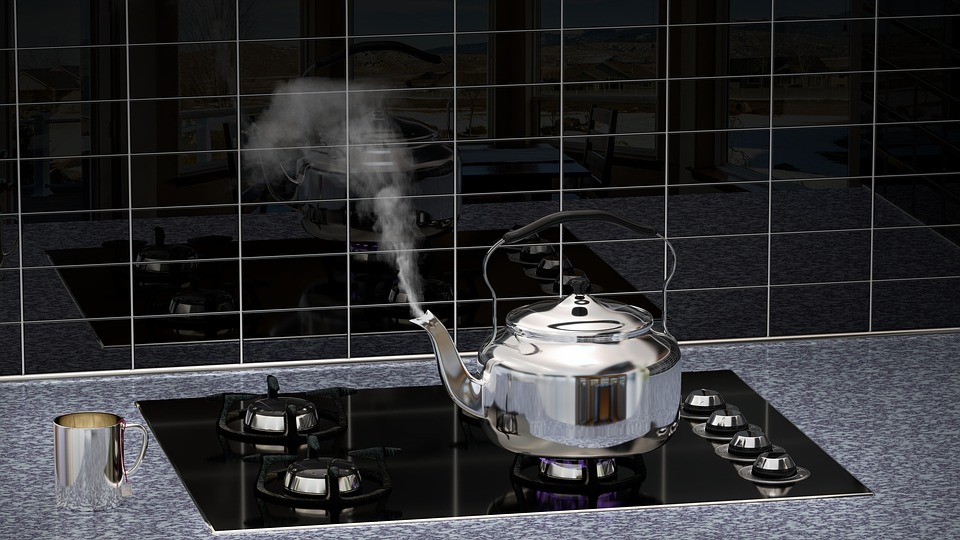Panic Attacks: All the Feels or Not Enough?
If you’ve ever had a panic attack, you know how intense it is.
Your ribcage is suddenly two sizes too small for your lungs. You can’t take a full breath.
Your heart is threatening to leap out of your mouth or tear through your chest. You can feel your pulse where you didn’t even know you had blood vessels.
It’s like you’re looking through unfocused binoculars. Everything around you is a moving blur.
You’re instantly drenched with sweat. The air is sweltering and giving you chills all at the same time.
Your mind is racing. What’s happening to me? I just need fresh air. I need to get out of here. Something is going terribly wrong.
You might even worry that you’re having a heart attack or dying.
Panic attacks are brutal!
I’ve heard a panic attack described as “all the feels.” And that makes sense, right? It’s a dumpster fire of sensations—physical and emotional—all at once and seemingly out of nowhere.
Paradoxically, in therapy I think of panic attacks as not enough feels, or more accurately, not being aware of enough of your feelings.
Panic attacks pop up when our inner conflicts lurk outside of our awareness and we’re not tuned in to the anxiety that’s stirring up. All of this can only bubble under the surface for so long before it finds a way to burst through—in the form of a panic attack (or other physical issues, but more about that in a future blog entry).
Think of a whistling tea kettle. As the heat inside increases, the water creeps from still, to a simmer, to a boil. The pressure builds until it can’t stay contained. It escapes screaming through the spout. It doesn’t get your attention until it reaches a fever pitch.
Emotions are like this too when they’re kept tightly under wraps. Taking the lid off relieves the pressure and lets us see what needs attention inside.
The more tuned in you are to yourself, the less your emotions need to scream in order for you to hear them.
If you’d like help taking the lid off, drop me a line.
Take care,



